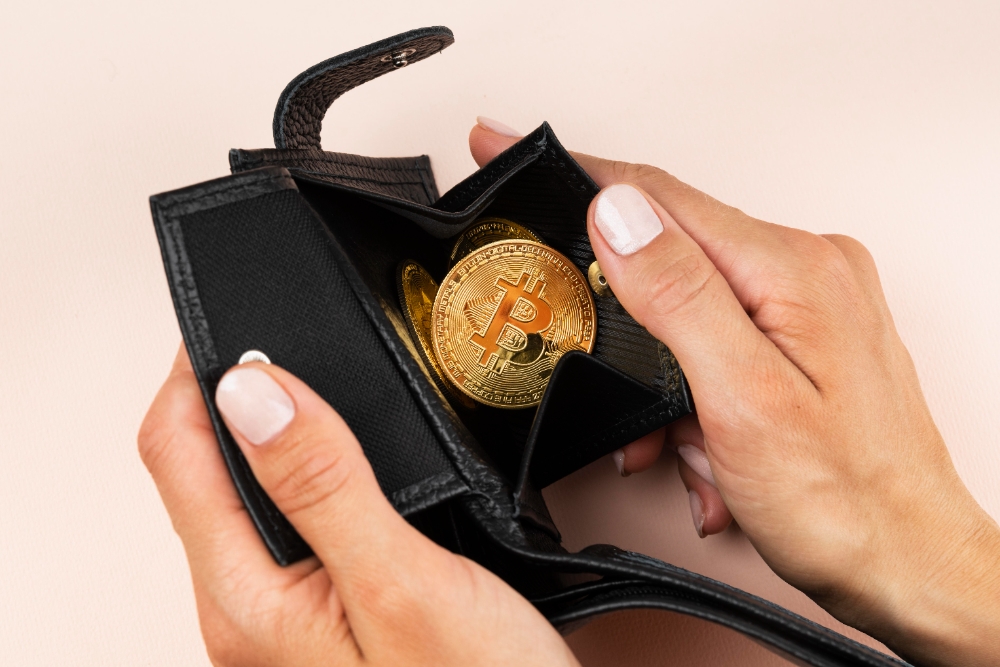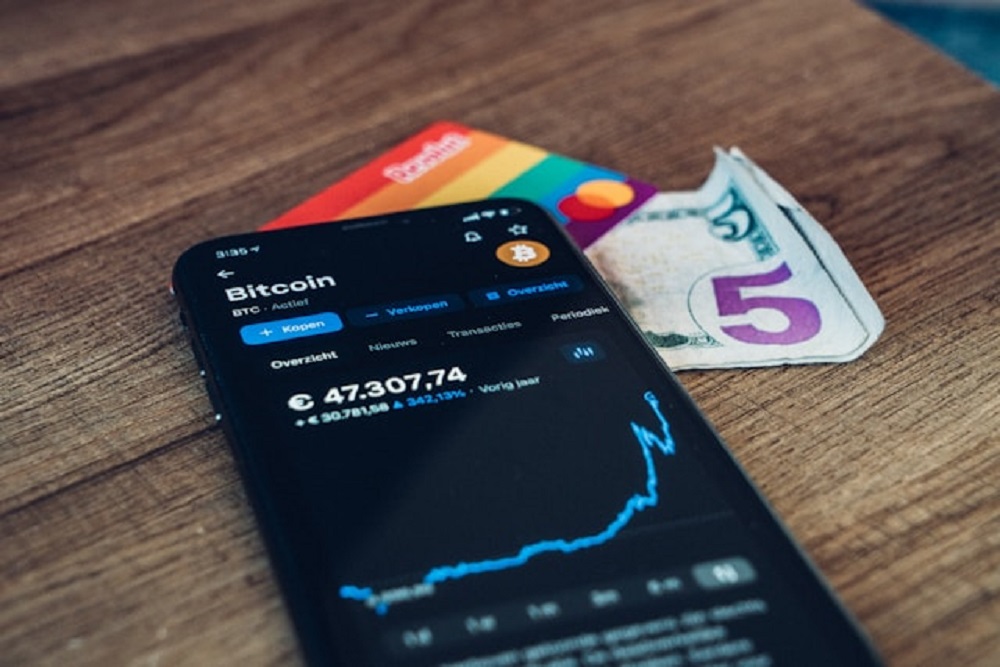
A custodial wallet is basically a wallet where your private keys are stored. And it’s managed by someone else. So basically, the owner of the wallet doesn’t have full control over the funds, and they can’t sign transactions. But don’t worry, it’s not as scary as it sounds. We’ll explain why in a minute.
- What Are Non-Custodial Wallets?
- Examples
- Key Differences Between Custodial and Non-Custodial Wallets
- Ownership of Private Keys
- Security
- Transaction Time and Cost Cutting
- Advantages of Custodial Wallets
- Disadvantages of Custodial Wallets
- Advantages of Non-Custodial Wallets
- Disadvantages of Non-Custodial Wallets
- Okay, but how can I secure my storage?
- Some final thoughts

There are loads of suppliers offering top-notch custodial (hardware, that is) wallets. The most well-known ones are Ledger, Trezor, OneKey, SafePal and BitBox. But that’s not all, as there are plenty of other options out there too, although it’s not really worth going into all of them here as they all work pretty much the same way.
What Are Non-Custodial Wallets?
A non-custodial storage grants you almost absolute sovereignty over your crypto assets. However, this very freedom comes with responsibility.
The thing is, a secure management of private keys and seed phrases is paramount, making it ideally suited only for seasoned crypto enthusiasts who understand and embrace all the risks.
Oh, and a little about those very seed phrases… Well, these are the bunch of 12-24 words, which are literally a ‘Plan B’ for accessing the wallet if you suddenly forget or lose your password. When you start using your chosen wallet, it’ll generate the phrase automatically for you. Of course, you shouldn’t show or share this seed-phrase with anyone or anything. And ideally, you should learn it by heart.
Examples
There are two main types of non-custodial wallets:
- The first are those that run in Web3 browsers. One example is MetaMask. Most people use them to interact with decentralized financial protocols.
- The second type is physical something-something. These look like USB sticks with a screen and buttons. Each of these devices requires you to sign transactions with their private key. The examples are ZenGo and Nuri, Trust Wallet and Phantom.
Key Differences Between Custodial and Non-Custodial Wallets
Now, we’re going to run through the main differences between the two options – just to make things clearer.
Ownership of Private Keys
Both types of storages differ primarily in who controls the private keys. Like, non-custodial give users complete control by letting them hold their own private keys, while custodial wallets entrust a third party with this responsibility, managing your funds on your behalf.
Security
The main difference between custodial and non-custodial wallets is who’s responsible for security and how private things are for the user. First, it’s down to the user to keep their keys and money safe. This, as obvious, does mean more responsibility for the user, yet it also means one could be more at risk of making a mistake.

With custodial wallets, however, a third party takes care of security, which is good in terms of protecting against mistakes. But it also means that the personal data is shared with that third party, which can be risky, because they might not be as secure or stable as you’d hope.
Transaction Time and Cost Cutting
Custodial wallets use central exchanges, creating delays, hindering transparency, and increasing costs due to intermediary fees. Non-custodial wallets, however, offer direct user control, faster transactions, real-time blockchain transparency, and lower costs by eliminating intermediaries.
Advantages of Custodial Wallets
Custodial wallets are way easier to use. Like, with one of these, you won’t have to worry about security, since the service provider is responsible for it. As we’ve already found out. And if you lose or forget your key, it’s easy to get back in.

Moreover, the provider always comes with extra features like special investment tools or fraud protection. Or even both simultaneously. Also, you can often avoid paying fees for transactions within the network.
Disadvantages of Custodial Wallets
But there are also some disadvantages, sure do. The main problem with custodials is that the person holding the wallet can also get hold of the client’s crypto assets. Easy as that.
Like, if the police ask them to, they must hand over the data and freeze the funds. This could be because of sanctions or something like a court order. Another thing to watch out for is that sometimes, you may not have the access to your own crypto, since there’s a thing called routine maintenance. So the exchange may disable or restrict its services.

And don’t forget, you’ll need to undergo KYC too. The identity verification procedure also takes some time, as the platform must have to verify the user thoroughly. As thoroughly as possible.
Just so you’re aware, you don’t have to look far and wide for instances of clients losing everything at once, obviously due to the fault of the exchange. For example, in 2017, the crypto exchange BTC-e had its servers arrested.
Yes, the platform rebranded and relaunched under the WEX, yet customers never got their funds back. That’s not all: a year earlier, hackers withdrew about 130,000 BTC from the Bitfinex exchange – 2FA wasn’t an obstacle for the attackers.
Advantages of Non-Custodial Wallets
These are the main plus points of this type of stash:
- They are pretty secure because the private key data is stored only with you.
- Also, these stashes are reliable because the source code is published and open-sourced. Plus, there are loads of coders out there who are always helping out with these projects.
- You can make transactions whenever you want.
- With non-custodial wallets, there’s no ongoing network connection, which reduces the risk of hacking. It’s not zero, but it’s pretty much as safe as it gets.
- You don’t need to go through KYC to register, which makes the process much simpler.
Disadvantages of Non-Custodial Wallets
These are the main downsides of this type of storage:
- If you lose a private key or a seed-phrase, you won’t be able to get back into your assets. Like, around $170 billion of assets are stuck because of these very lost keys.
- The app’s interface is hard enough for beginners to use.
- It’s on you (and only you) to keep the private keys and passwords safe. Thus, if you lose access to them, you lose your funds. Like instantly.
Okay, but how can I secure my storage?
Whatever kind of wallet you go for, it’s important to follow basic security steps. For example:
- Keep the seed phrase somewhere safe. Don’t share it with anyone, write it down on paper and don’t make a digital copy. Also, it’s best not to take a screenshot of the it or send it via email or messenger.
- Never click on dodgy links. Scammers often set up copies of popular platforms’ websites to get into the accounts. So, before clicking on a link, even if it seems familiar, check the address. Or add the site to bookmarks – to keep the data safe.

- And don’t share any confidential info with third parties. Scammers often create identical platform support accounts and ask users for confidential information. Remember that platform administrators never ask for your details like that.
- Turn on two-factor authentication (2FA, that is). Verify phone number and email.
Some final thoughts
When picking a cryptocurrency wallet, there are three things to think about:
- Firstly, your experience – it’s easier to start with custodial wallets.
- Secondly, think about your security requirements: non-custodial storages are the most secure option you can think of.

But you’ll need to buy a physical drive at the very least, which isn’t really cheap. And it’s not as intuitive to use.
Aaaaand then there’s the amount and type of trading you’re planning to do: it’s not an issue to play in the long term on non-custodial wallets, for example, yet speculating with them isn’t very convenient.
Obviously, this is probably true for investors more than traders.But if we’re talking some serious money, it’s better to steer clear of custodial wallets. Like, you can start with hot wallets on some CEX exchanges, but as you gain experience and get into it, you should think about something else.











